Submitted by WA Contents
Lisbon Architecture Triennale interrogates new notions of authorship and the limits of form
Portugal Architecture News - Oct 20, 2016 - 15:47 15366 views
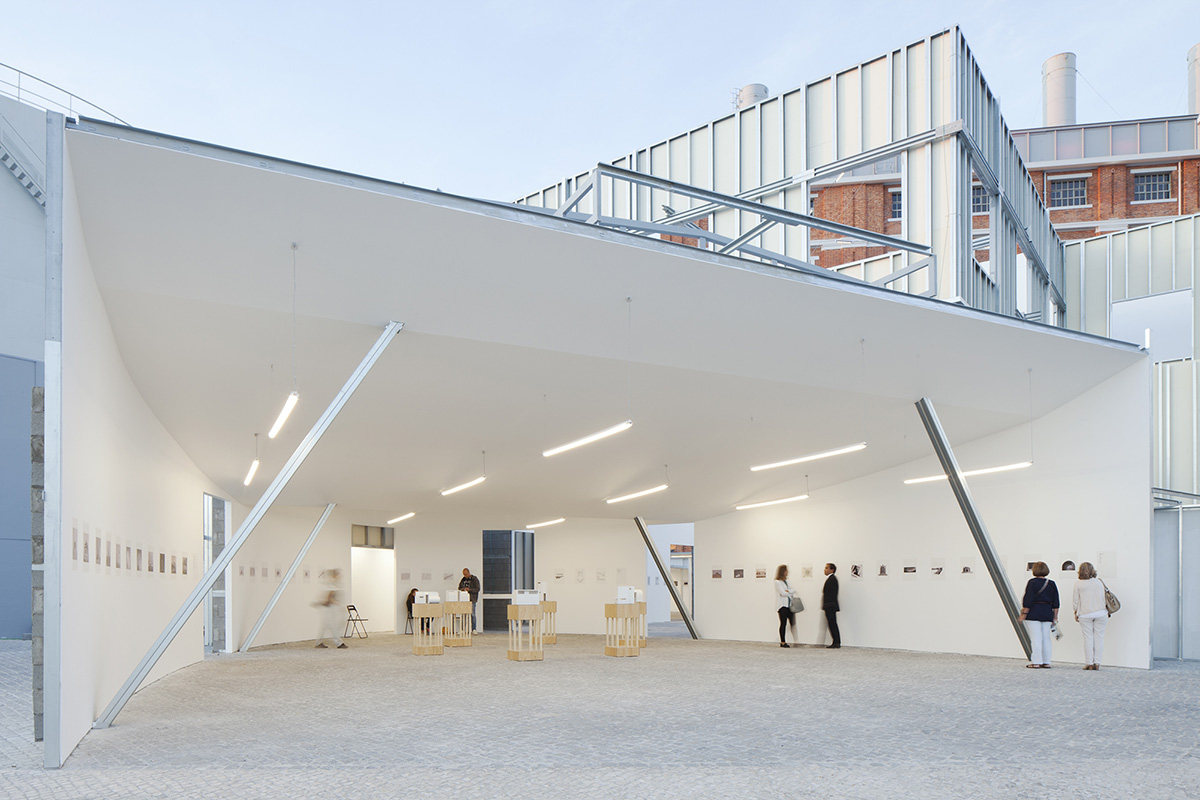
Lisbon Architecture Triennale has kicked off earlier this month with the title of 'The Form of Form' in Lisbon, with four main exhibitions featuring; The Form of Form, Building Site, The World in Our Eyes and Sines: Seaside Logistics.
The exhibitions will be hosted at prime venues in Lisbon: the Calouste Gulbenkian Foundation, the brand new MAAT Museum, Triennale’s headquarters as well as Garagem Sul: Centro Cultural de Belém. Curated by André Tavares and Diogo Seixas Lopes, the 4th edition of Lisbon Architecture Triennale proceeds from a potentially infinite repository, and is expected from the participants to build a dialogue that challenges notions of authorship and the limits of form.

''The world is transformed through architecture. Under the title The Form of Form, this fourth edition of the Lisbon Triennale sets out to further the debate around a wide spectrum of contemporary approaches to architectural practice today; in other words, to debate the ways in which the world is transformed,'' says chief curators, André Tavares and Diogo Seixas Lopes.
''With its diverse yet cohesive programme, the Triennale will seek to highlight currents of thought considered important for the production of architecture in a social context that is in constant transformation.''
''The different perspectives on architecture will be presented through their aesthetic, technical, social and political aspects. Understanding architecture as a profession that is committed to a complex social context will make it possible to further advance the implications and possibilities of architectural decisions, enhancing their technical and cultural importance in society,'' curators add.
Functioning as a “conversation,” the exhibition’s narrative developes through a number of spaces inspired by examples of architectural designs selected by Johnston Marklee, Nuno Brandão Costa and Office KGDVS within their respective bodies of work. Each of these spaces is designed to house content chosen from the extensive Socks image database.
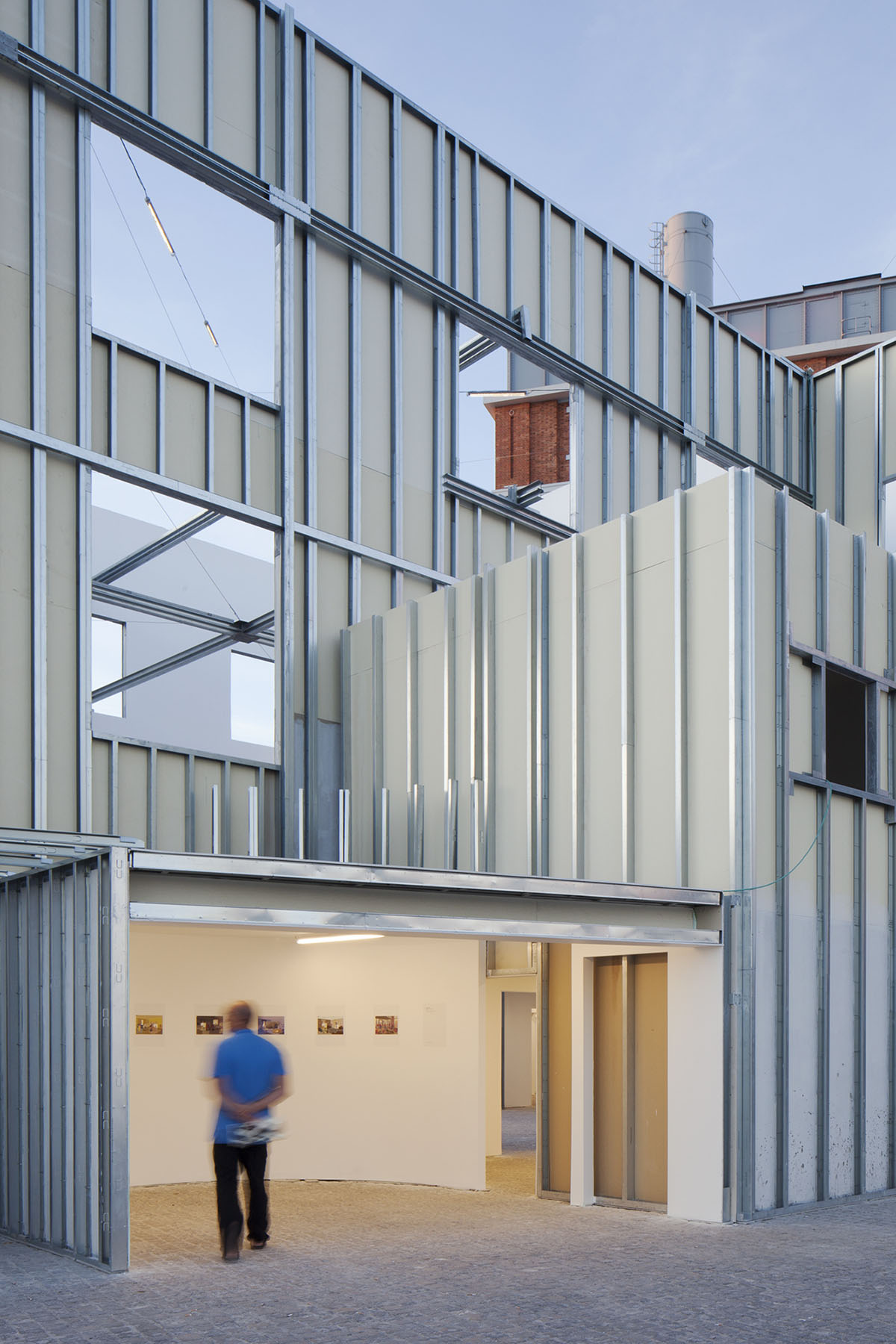
In their turn, Mariabruna Fabrizi and Fosco Lucarelli of Socks Studio were invited to reflect upon a selection of examples taken from their own platform, presented with A4 images.
The Socks format has evolved over the years from an online magazine to become a platform for speculation and discussion that also draws on Microcities’ own architectural projects. Through this selection, Socks decided to highlight the permanence of form and its capacity to condense a set of values into any visible thing.
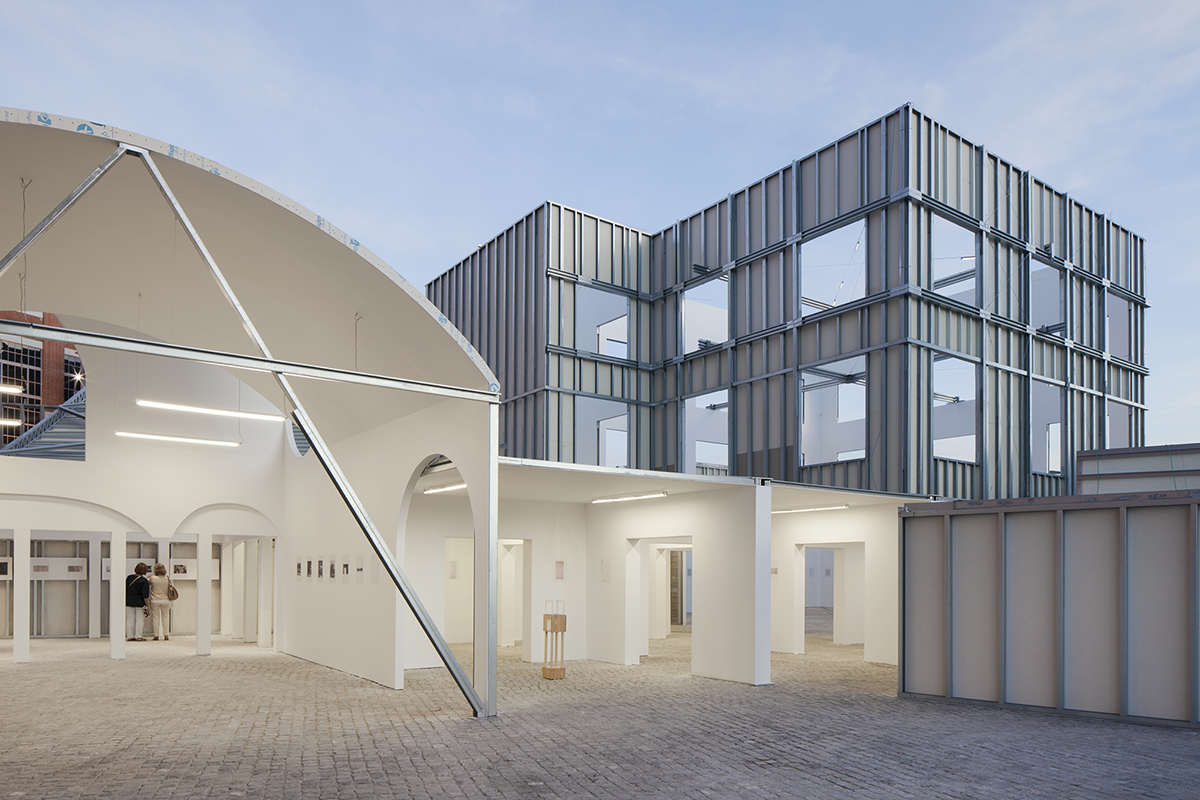
The language of architecture is explored through a sample of construction drawings, landscape interventions, urban plans, artistic investigation, and other elements. Originating from different time periods and regions of the world, the content highlights what remains constant and what changes, identifying analogies and affinities in the creation of the built environment.
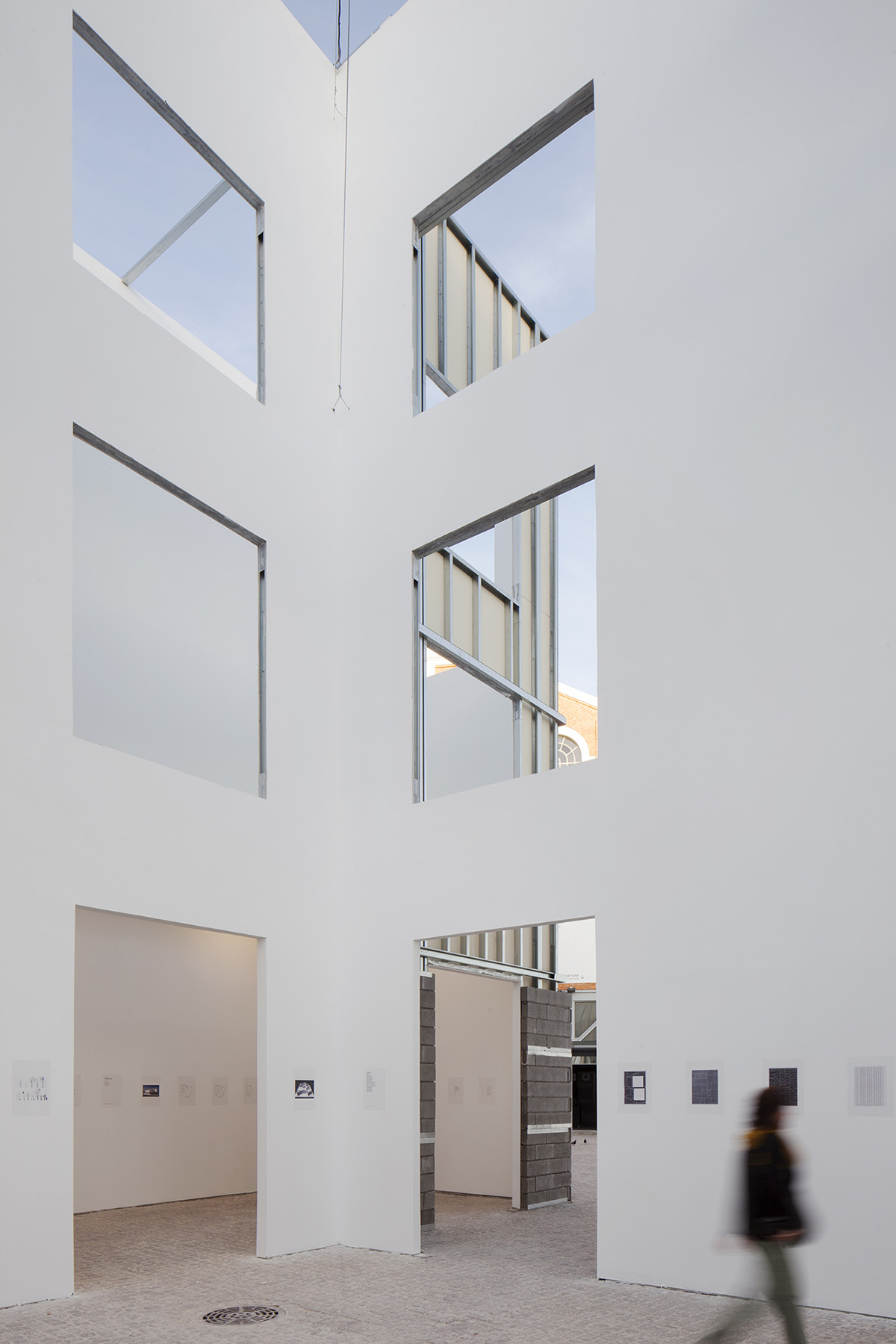
Organized along twelve interlinked spaces, with each space incorporating images related to a core element, the exhibition will define a continuous seam of works that are directly inter-related, be it through affinity or opposition. The ultimate aim is for it to be a “meeting space” that can demonstrate the meaning of form in architectural design, in the past, present and future.
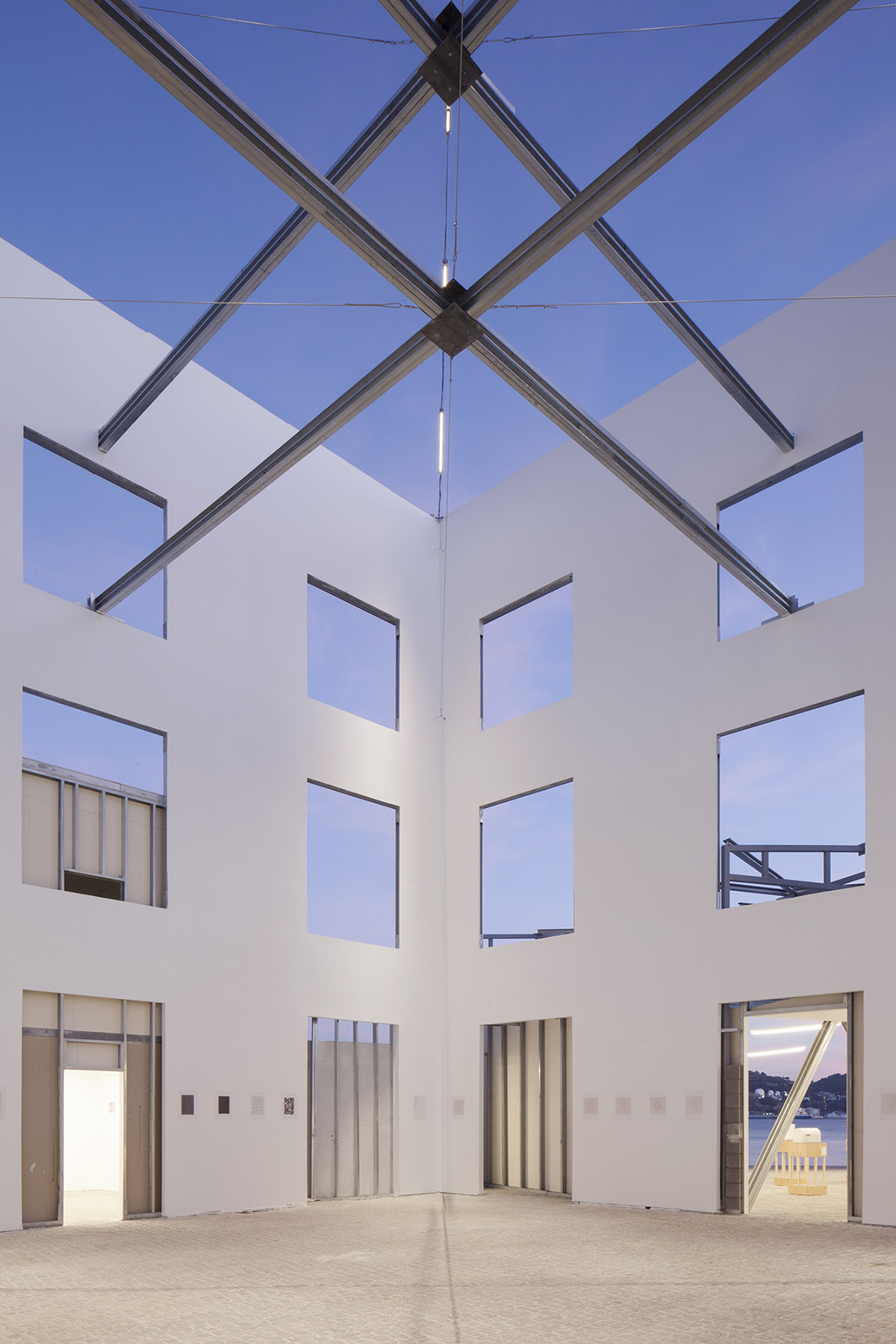
Invited studios for the Triennale include David Chipperfield Architects, OMA, SKREI, Usina. The exhibition is organized into modules, which serve as anchors for exploring different approaches. Presented in partnership with the Canadian Centre for Architecture (CCA), one of the modules draws from the professional archives of Cedric Price. It focuses on a report he produced in the 1970s aimed at improving work conditions on building sites.
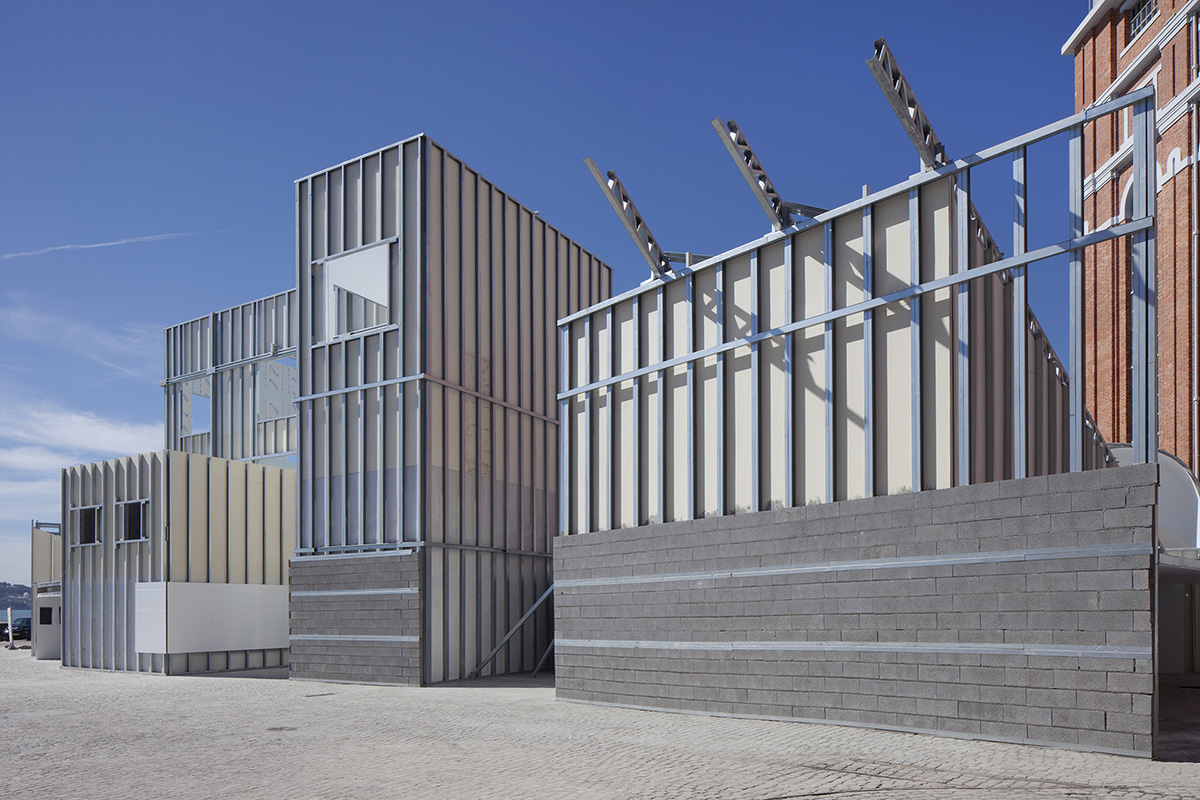
In the other modules different perspectives are presented: Usina, an architectural collective that fosters self-help housing developements in the Brazilian megalopolis of Sao Paulo; the process leading to the construction of OMA’s Casa da Música, addressing the role of time in construction; the example of the project for the reconstruction of the Neues Museum in Berlin by David Chipperfield Architects, looking specifically at the communication unfolding between the various actors involved; the young architectural practice Skrei and their approach to material qualities; and finally a view upon the coldwar choreographies generated to serve as a stage for US and USSR heavy pre-fabricated steel and concrete panel construction.

The Triennale will continue Talk, Talk, Talk, a three-day series of conferences taking place from 17 to 19 November, 2016. The event will feature talks by prominent architects and researchers debating the issues raised by Triennale’s program of events. The same week.
The same week, on 15 November, Triennale will host the lecture by the winner of its Lifetime Achievement Award as well. Last but not least, the Closing Week from 7 to 11 December 2016 will be an additional highlight in this edition of Triennale and it will feature a lecture by Triennale Millennium bcp Début Award winner.
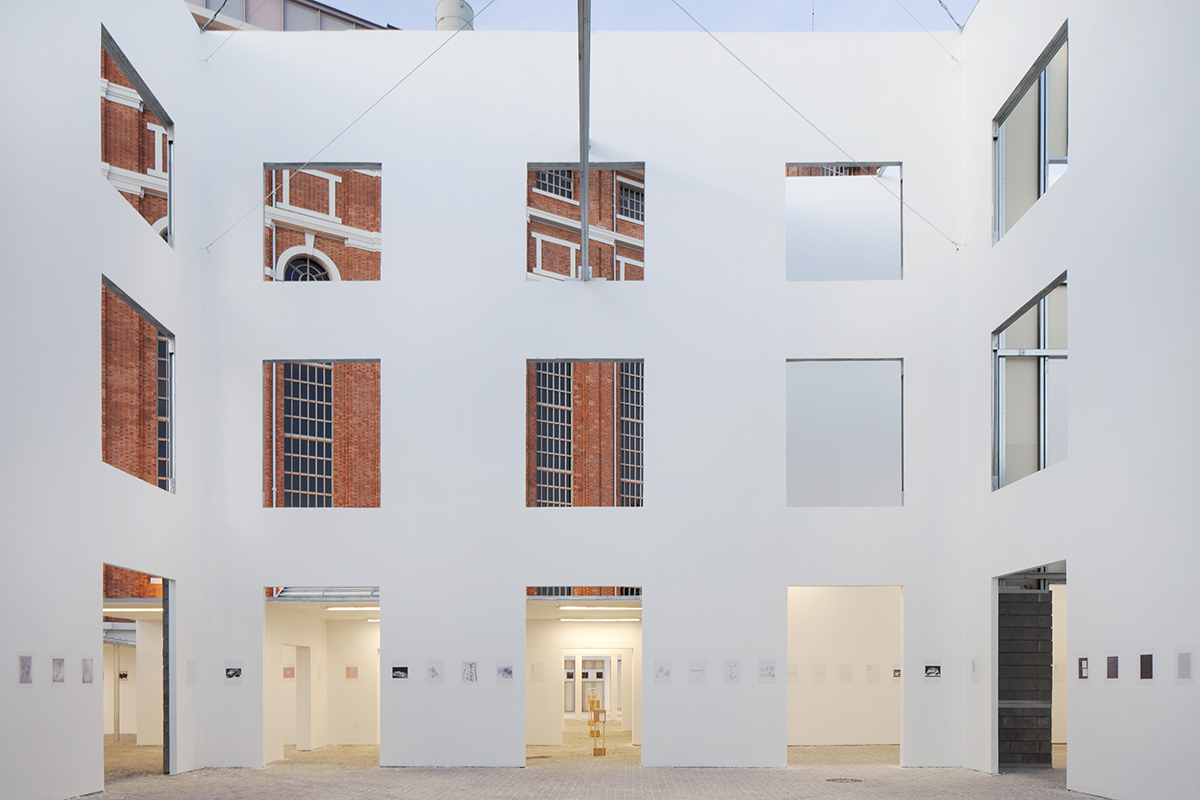
The Triennale also introduced an English book published by Lars Müller and a series of Portuguese booklets — will explore a variety of ideas relating to form, not only through aesthetic and technological approaches but also from social and political positions. The contents underline the cultural and technical relevance of architecture to society.
The publications will be linked by a narrative sequence that unfolds in a number of episodes: one pertaining to form and authorship (The Form of Form), another focusing on processes and the construction of forms (Building Site), and a third on cities and the complexities of analysing and representing urban forms (The World in Our Eyes). The final episodes (The Limits of Landscape and Ruins of the Apocalypse) address the contemporary challenges of architectural practice.
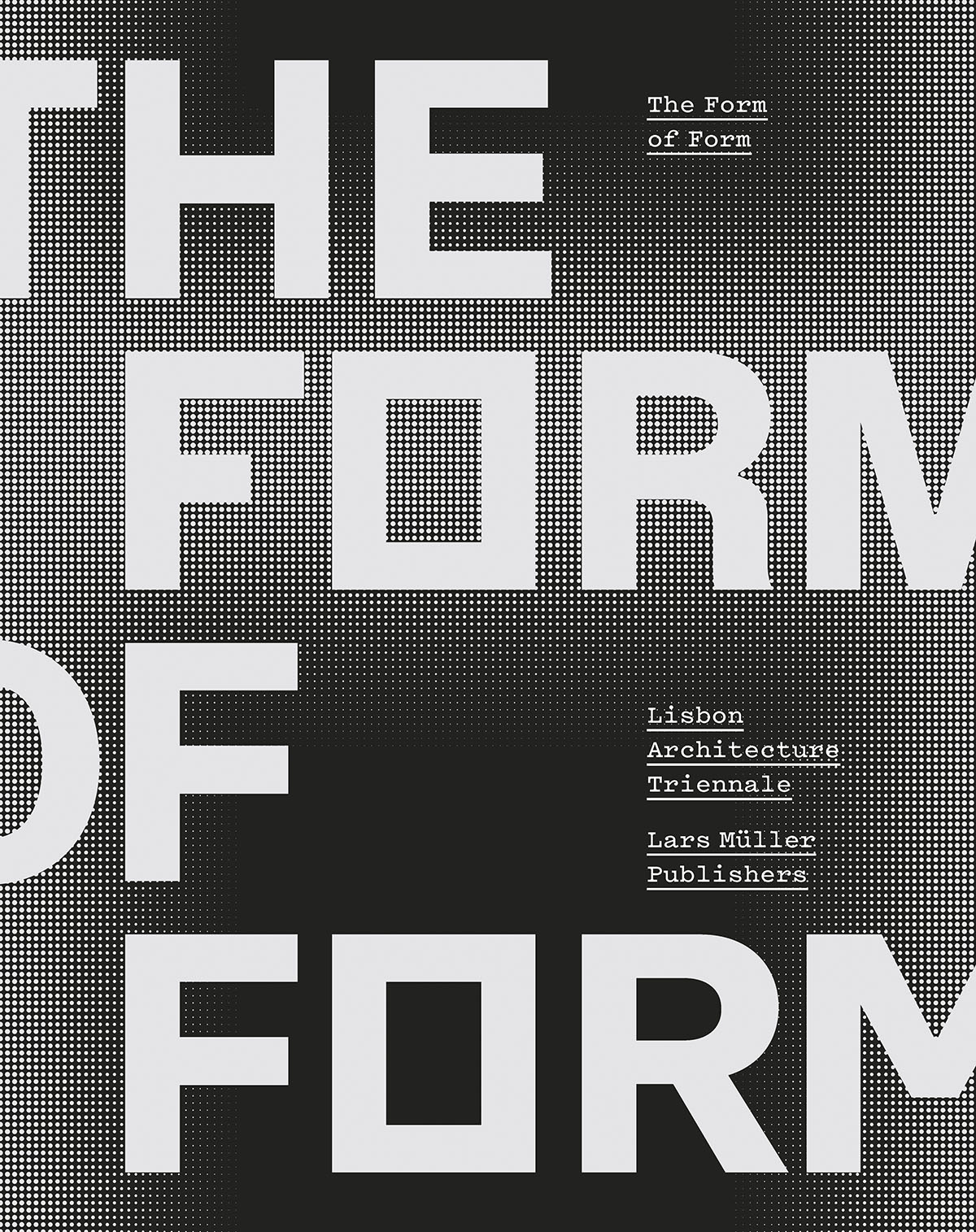
A series of four discussions in between the chapters connects the threads to form a cohesive theme that shapes the book. The Lisbon Triennale also launches four booklets, one for each main exhibitions that are distributed at CCB, MAAT, Trienale’s HQ, Gulbenkian Foundation. Just available in Portuguese.
During its 67 days, the programme of Triennale will feature a very rich array of exhibitions, conferences, guided tours, workshops, book presentations and much more. Lisbon Architecture Triennale can be visited until December 11, 2016.
All images © Tiago Casanova
